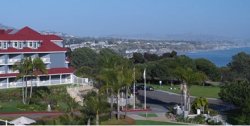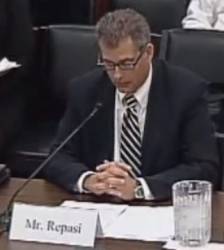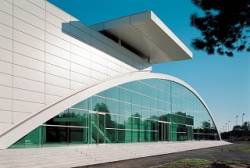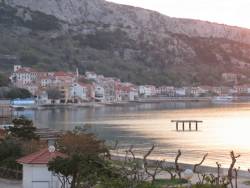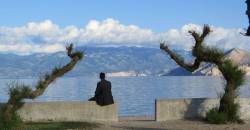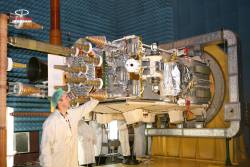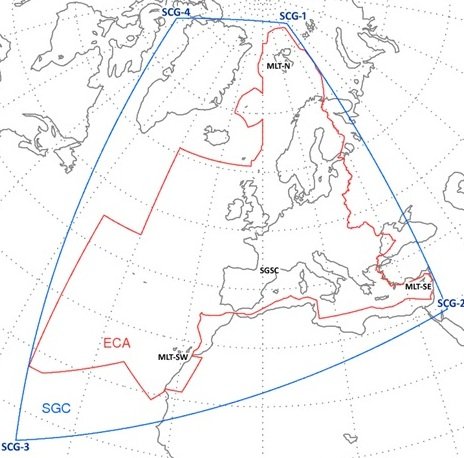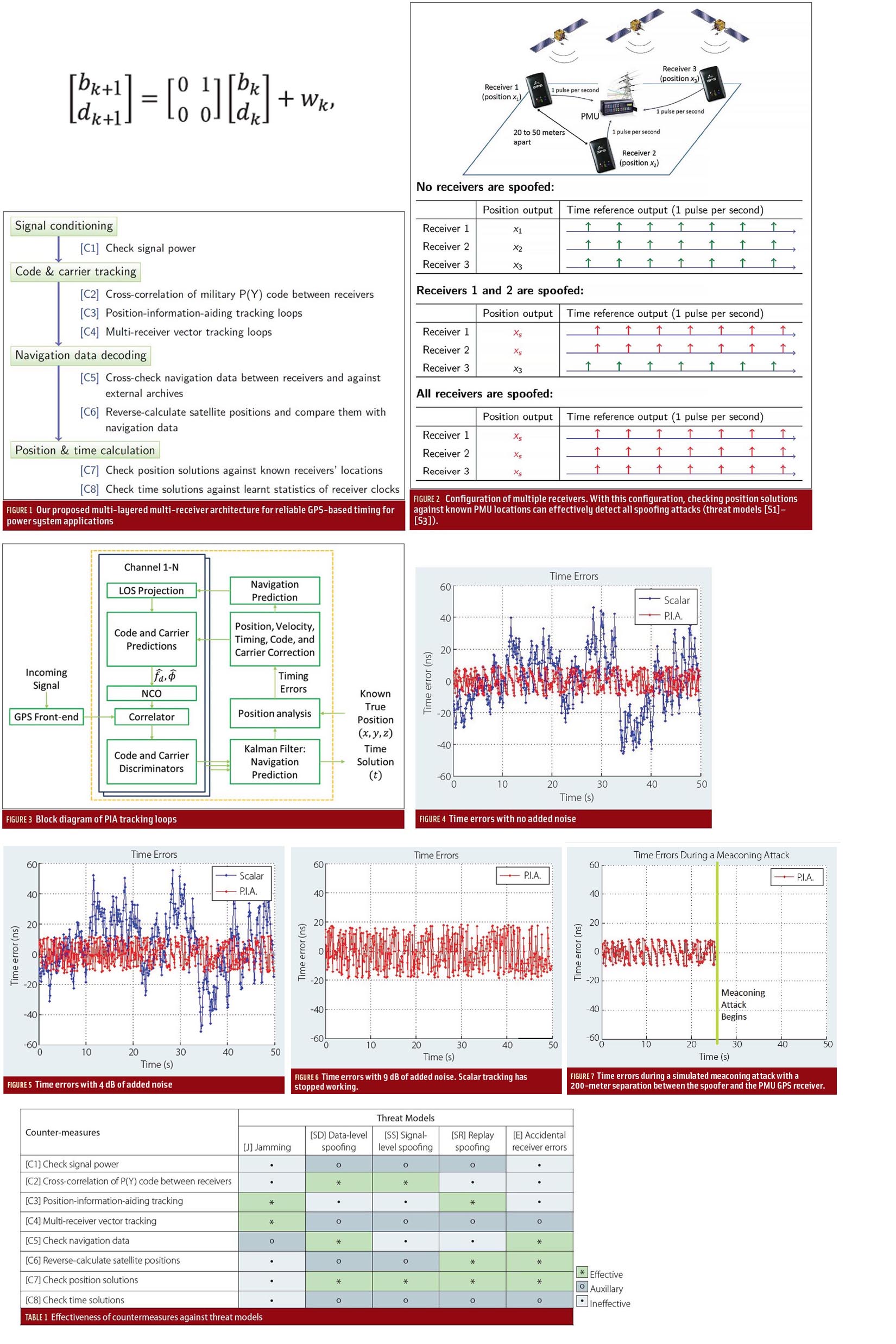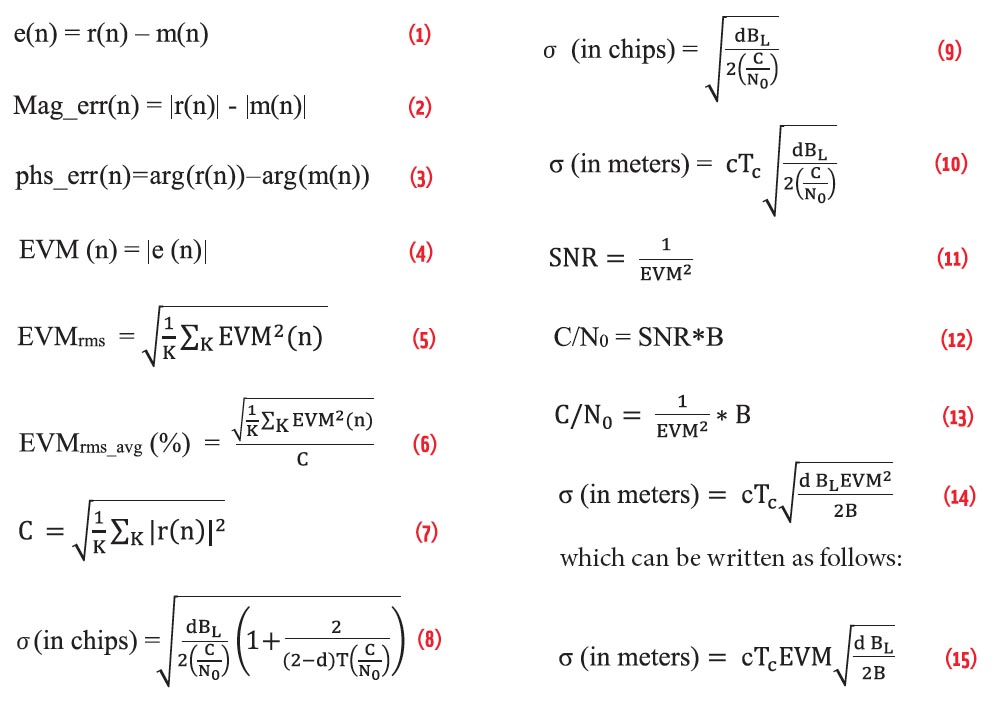InterGEO 2015
 Altes Schloss, Stuttgart, Germany
Altes Schloss, Stuttgart, GermanyThe 2015 InterGEO Trade Fair and Conference for Geodesy, Geoinformation and Land Management will take place at Landesmesse Stuttgart GmbH in Stuttgart, Germany from September 15 to 17, 2015.
It attracts 16,000 visitors from 92 countries who work in the surveying, geoinformation, remote sensing and photogrammetry fields. This is the event’s 21st year.
By Inside GNSS


